that boasts production of over 500 different types of cheese?
Imagine my surprise to learn that our favorite fromage nation
offers some 600 different varieties of CANDY.
Like so much of France's legendary cuisine culture, each region
of La Hexagone has given birth to its own sweet specialty.
As if you need one more reason to visit .....
Anise, nougat, calissons, pâte de fruits, betises de cambrai,
salted butter caramels, bergamotes, dragées, marrons glacés, cachous,
babeluttes du Nord, the list is long and delicious.
It's doubtful the screen siren was referring to candy but if you think
about it, those famous words describe some of our best-loved sweets.
What's better than a coma-inducing,
teeth-rotting piece of salted caramel from Brittany?
Or maybe you've tasted a REAL marshmallow (not the nasty grocery store variety). Licorice lovers will walk a mile for an authentic bite of the herbal black confection. And I've heard from online game freaks that Candy Crush
is the most addictive game app ever.
Why are we so enthusiastic about candy?
It starts when we're children.
Often, candy is used as both punishment and reward.
Were you a bad girl today? No candy for you!
Were you a good boy? Here's a new Pez dispenser.
Life is just sweeter with candy.
The word bonbon is one of those lovely French words
that sounds as delicious as it tastes.
Bon-bon = double good or good times two.
The artisanal achievement of French candy-makers began at court,
where royals expected and got the best of everything.
Candy made from essence of roses? You betcha!
Provins, (about 50 miles from Paris) known for its rose cultivation harking back
to the Crusades, proudly produces confections made from rose petals.
That's the thing about France, they take regional cooking to its highest level. All things produced from the terroir are transformed into something lip smacking good.
mimosa, lilac and verbena leaves. Candied fruit such as clementines and melon
are always popular, along with les marrons glacées (chestnut) - oh so French.
Nougat from Montélimar, betises de Cambrai, marzipan, praline -- all do justice
to the name bonbon -- without question, they're doubly good.
Coussin de Lyon have quite a heritage.
The little marzipan candy cushion, filled with a curaçao tinged chocolate ganache, was inspired by Lyon's storied history dating back to 1643.
As plague-ridden citizens lay dying in the streets, the elders of Lyon
implored the Virgin Mary to save the city.
Laying a gold crown and a candle on a silk cushion to pay their respects,
they walked to Fourvière and saved their city from complete annihilation.
The unique candy was invented in 1960 by Voisin, a chocolatier from Lyon, and is sometimes sold in velvet boxes to remind customers of the wonderful local legend.
French mamans have long known the benefits of employing
certain sugared confections as digestive aids.
I still remember a bowl of unusual tasting candy in my French aunt's dining room -- sort of minty with a hint of either pine or eucalyptus -- Tata encouraged me to try a piece after dinner. It's still one of my most vivid memories of life at her home.
To a girl accustomed to Sweet Tarts and M&Ms, it was a surprising & inspired treat.
Pastilles de Vichy were developed by a pharmacist.
Supposedly, the minerals in Vichy water aid your digestion.
I'll buy that kind of gimmick -- they taste good while they allow you to eat more.
What could be more French?
to our favorite sweets in any language.
We refer to bonbons in other distinctive ways in popular culture --
How about Ricky Martin's 'Shake Your BonBon'.
Any way you look at candy, it's definitely an upbeat distraction
guaranteed to bring out your fun side.
Here in the South, when we refer to getting 'sweet-talked' into something,
we say 'you'll catch more flies with honey than vinegar.'
Go ahead, Sugar, eat one more bonbon!
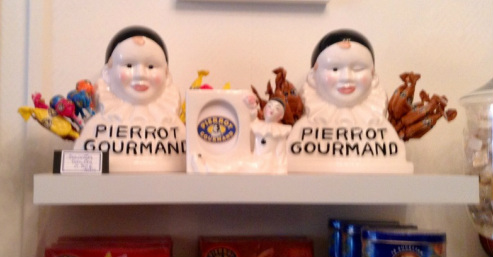



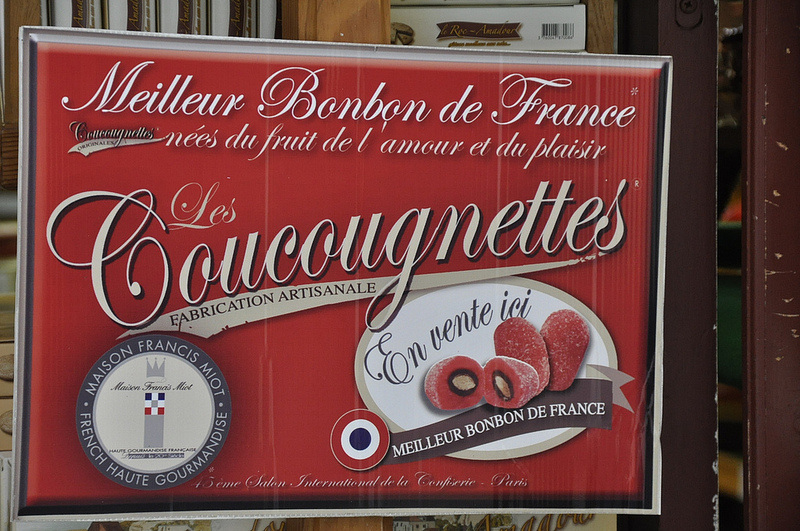

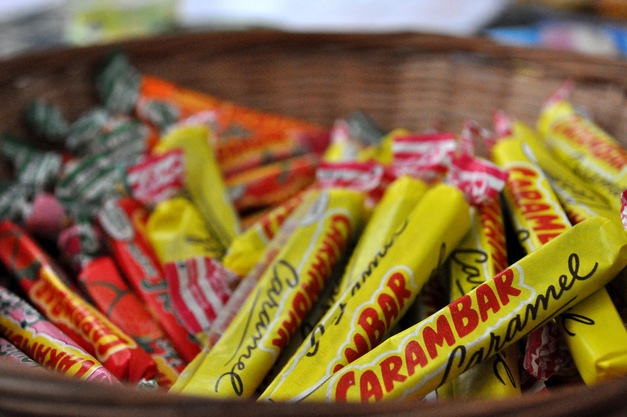

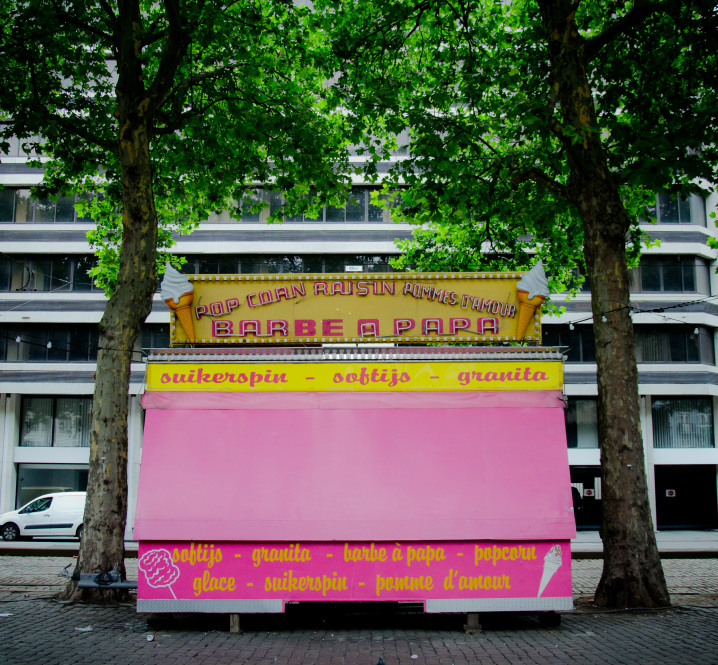
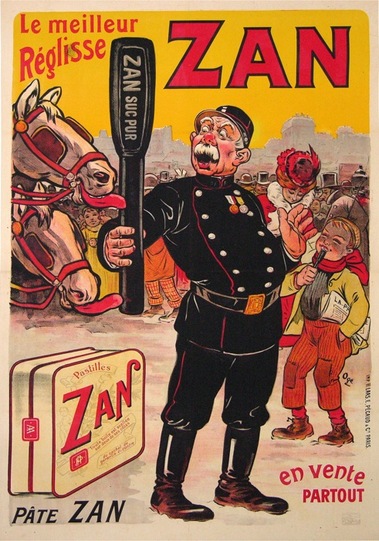

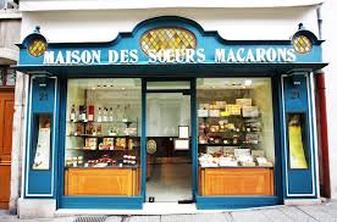



 RSS Feed
RSS Feed
